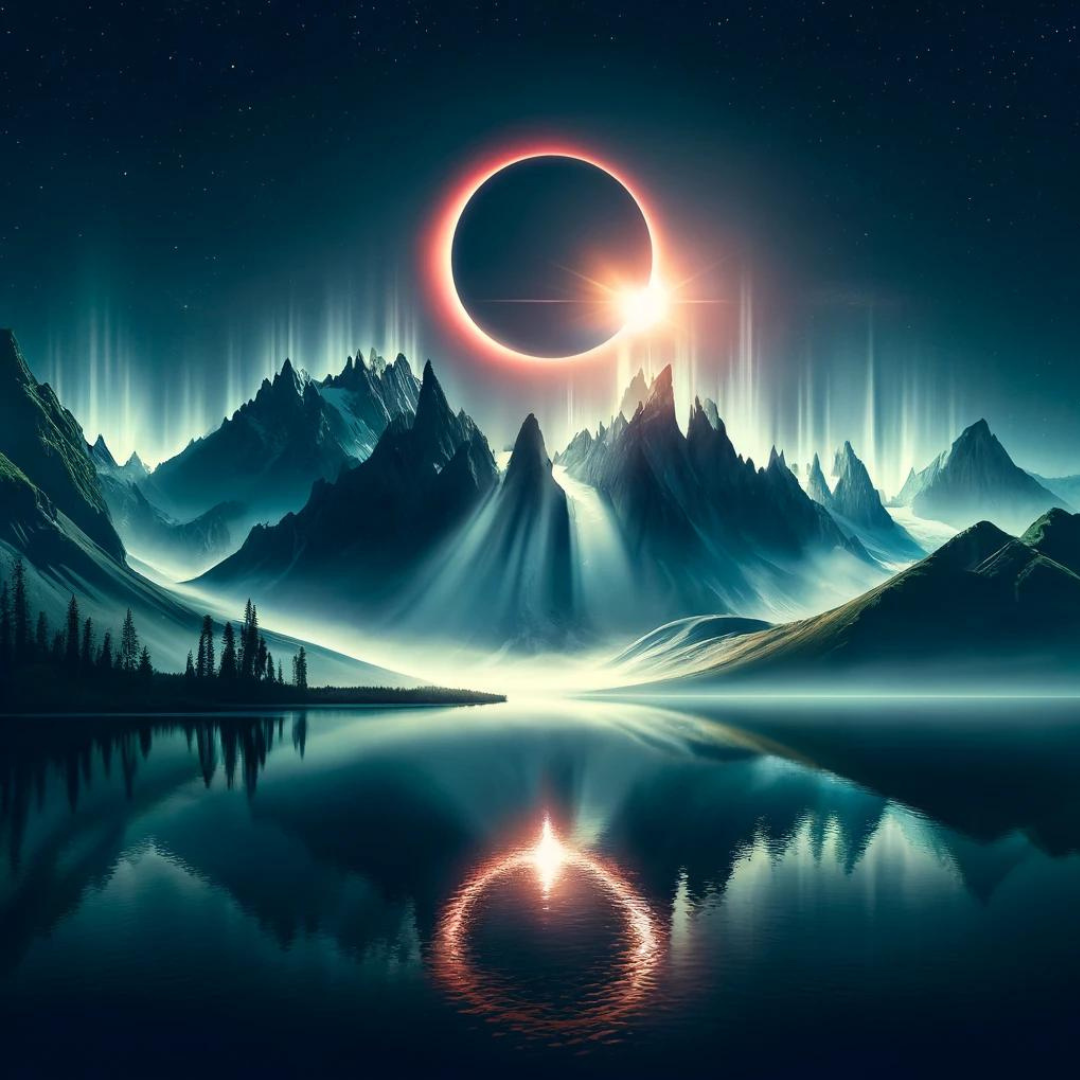
The natural world around us is continuously moving, and one of the most interesting and awe-inspiring manifestations of this movement is the solar eclipse. These rare astronomical events occur when the moon passes between the Sun and the Earth, casting its shadow across the landscape for a few brief moments. For photographers, this can present a unique and captivating opportunity to capture stunning landscape imagery. In this article, we’ll explore the best ways to successfully photograph a solar eclipse and highlight some of the most surreal effects it can create in the natural world.
Understanding the Solar Eclipse
The technical term for a solar eclipse is “syzygy,” which simply means the alignment of three celestial bodies. In this case, it’s the Sun, the Moon, and the Earth. The shadow of the Moon falls upon the Earth, temporarily blocking the light of the Sun and creating a unique and surreal atmosphere. This effect is most pronounced during a total solar eclipse, where the Sun is fully obscured by the Moon. However, even during partial eclipses, photographers can capture the unique light patterns and reflections created by the near-total darkness.
Best Practices for Photographing a Solar Eclipse
Photographing a solar eclipse is not without its challenges, but with the right equipment and techniques, photographers can capture amazing and unique images. The most important consideration is to always protect your eyes and your camera from the harmful ultraviolet and infrared light emitted by the Sun. For this reason, it’s imperative to always use a proper solar filter or an eclipse kit when photographing an eclipse.
Additionally, photographers should take care to properly expose their images. The light levels during an eclipse can vary dramatically, and even a small change in exposure setting can result in a vast visual difference. It’s often recommended to use a fast shutter speed and a low ISO setting for capturing eclipse images, but this will ultimately depend on the desired effect and the lighting conditions.
The Surreal Effects of a Solar Eclipse
Solar eclipses can create some truly breathtaking and otherworldly effects on the landscape. As the light of the Sun begins to fade, the natural world can take on an unreal tone, with buildings, trees, and other structures casting eerie shadow lines across the landscape. Similarly, reflections on water surfaces can take on unique and mesmerizing patterns as the sunlight becomes partially blocked by the Moon.
In addition to the unique lighting effects, solar eclipses can also create some captivating and unusual wildlife behavior. Many species react to the sudden transition from light to darkness, and photographers may be able to capture animals in motion as they attempt to navigate the darkened world around them. It’s important to remain respectful and unobtrusive when photographing wildlife during a solar eclipse, to ensure that the animals are not overly stressed or disrupted by the event.
Choosing the Best Locations for Solar Eclipse Photography
Finally, photographers should carefully consider the location for their eclipse photography. The effects of a solar eclipse can be amplified in certain environments, such as deserts, forests, or mountains. These environments can create unique contrast patterns and shadows that are not easily captured in urban areas. Similarly, selecting a location from which to photograph the eclipse itself can be a challenge, as the shadow will travel a significant distance and large crowds may gather in certain areas.
Conclusion
Photographing a solar eclipse can be a challenging and rewarding experience for photographers. The unique lighting and shadow effects created during an eclipse can create some truly mesmerizing and visually dramatic images. By following best practices for photographing an eclipse, capturing the effects of a solar eclipse on the surrounding landscape, and choosing the right location, photographers can create some truly captivating images that perfectly capture the surreal beauty of a solar eclipse.
